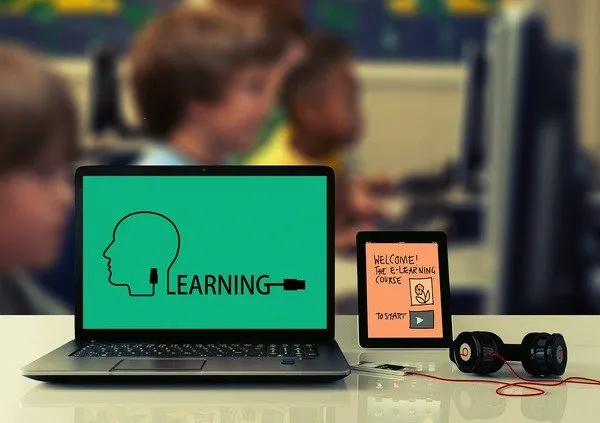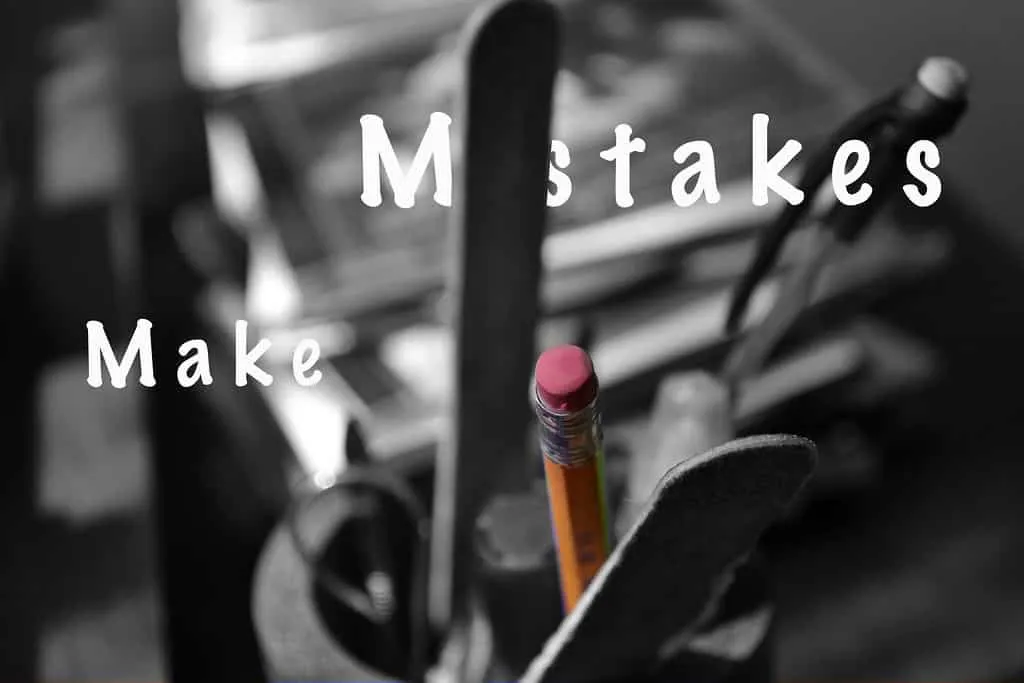5 MIN READ
In an interconnected world, where the process of translating information or data to a target language comes with its own set of challenges. The power of E-Learning translation is a major drive to transform education globally.
E-learning is the short abbreviation form of Electronic Learning. E-learning translation is the process of rendering online learning content from its original language into a target one. This allows you to produce multilingual e-learning courses and deliver them to diverse audiences worldwide.
Reach can be maximized and impact improved when communicated in a global learning content rather than in one basic language. But there's more to come: learning revolution from its crude form to a more refined and accessible outcome.
Nevertheless creating material for global learning requires more than just word translation. The use of electronic technologies to access educational curriculum outside of traditional classroom settings. The capacity to translate ideas effectively across linguistic and cultural divides is the secret to releasing the full potential of any country.
Unlocking Access to Knowledge
In a business organization of multinational repute; if your employees are bilingual, using your learners’ native language makes your training far more accessible. By translating your e-learning materials, you’re really catering for your global audience and increasing your access to knowledge beneficial to the industry.
The e-learning translation is a powerful tool accessible to learners of all brackets as they navigate the cultural barriers in education by making learning resources readily accessible regardless of their native language.
Through the use of course translation in academic materials, lectures and examinations, it empowers diverse learners with linguistic backgrounds to engage with educational content in their mother tongue. Hence promoting access and unlocking the unlimited wealth of knowledge.
Fostering Inclusivity and Diversity
E-learning translation cuts through the tape of cultural barriers that may get in the way of effective learning. As a multicultural tool, designed to promote inclusivity and promote cultural diversity, a multilingual setting, and where all individuals and nations feel valued and represented.
To foster inclusiveness, information must be localized to address regional nuances. By making the learning truly relevant to your audience. Thus, fostering a shelter and a sense of belonging to learners who felt more empowered to fully engage with the educational content.
Have a E-learning Project to Translate?
Enhancing Learning Outcomes
Effective e-learning translation transcends beyond linguistic conversion; it is an umbrella that covers the idiomatic expressions, cultural nuances, and educational context to ensure all translated outcomes resonate with learners and enhance their comprehension.
Effective translation and localization ensures the comprehension of all learners. When the learners can understand and relate to your digital content, they are more likely to remember and apply it.
To tailor the content of the target audience to cultural and linguistic preferences facilitates a deeper understanding, retention, and application of knowledge which thus enhances the learning outcomes.
Empowering Global Collaboration and Exchange
In today’s business learning environment, e-learning content takes on increased significance. After the COVID-19 pandemic, most businesses are now operating in more regions and languages; which means changes in work for employees, who often attend and complete educational content remotely.
Through cooperative projects, online chats, and classroom forums, this will enable the global learning community of varied cultural backgrounds. Global citizenship is encouraged and the education community is enriched by the e-learning platforms that transcend geographical barriers and promote cross-cultural discussion.
Effective translations ensure the comprehension of all learners. When the learners can understand and relate to your digital content, they’re more likely to remember and apply it. Businesses that invest time and energy into creating and deploying high-quality e-learning resources stand themselves in better stead to effectively train their employees.
Businesses concerned with higher education and e-learning translation should provide tools. There is a need to optimize their global workforce with improved training tools. Native speakers or highly proficient communicators associate better learning outcomes with the depth of global engagement.
Overcoming Challenges
Language and communication problems are a challenge for 66% of businesses when it comes to training and development, according to International Business. Furthermore, not all educational resources deal with situations with such high stakes, and not all the learning material is presented in an effective manner.
Until then, establishing a learning culture in a company through online learning may prove to be difficult. However, by using resourceful strategies and techniques, we may get over these barriers and maximize the benefits of online learning programs.
As a company, if your tech setup is old or limited, it might slow down how well online learning works. To fix this, invest in better tech, train your team, and think about using cloud services. This will make sure your online learning runs smoothly and has the biggest impact.
Nevertheless, e-learning has its limits and it is undeniable. The educational content demands more than one-fix-all solutions and requires linguistic expertise, cultural sensitivity, and technical proficiency. Another aspect to consider is the accuracy and consistency of managing multilingual content while addressing diverse learning.
Embracing the Future
The future of education is being formed in large part by the development and growth of e-learning. Through the use of technology, e-learning translation has the ability to completely transform the world of education.
Moreover, by democratizing access to knowledge, learners are empowered to thrive in an interconnected world. As e-learning becomes more global, the need for effective translation and localization strategies has taken a leading role. It's become central to the deepening global localization as the contents suit cultural and societal nuances.
The ability to break down barriers is one of the major ways of e-learning translation. By fostering inclusivity, and enhancing learning outcomes, the global challenges in global education can be overcome.
Providing that educational content is linguistically accurate and culturally relevant enhances the overall quality of the e-learning experience globally.
To summarize up, to build a path where education is accessible, inclusive, and equitable for everyone's future, we need to welcome and learn how to apply the creative and revolutionary power of e-learning.



